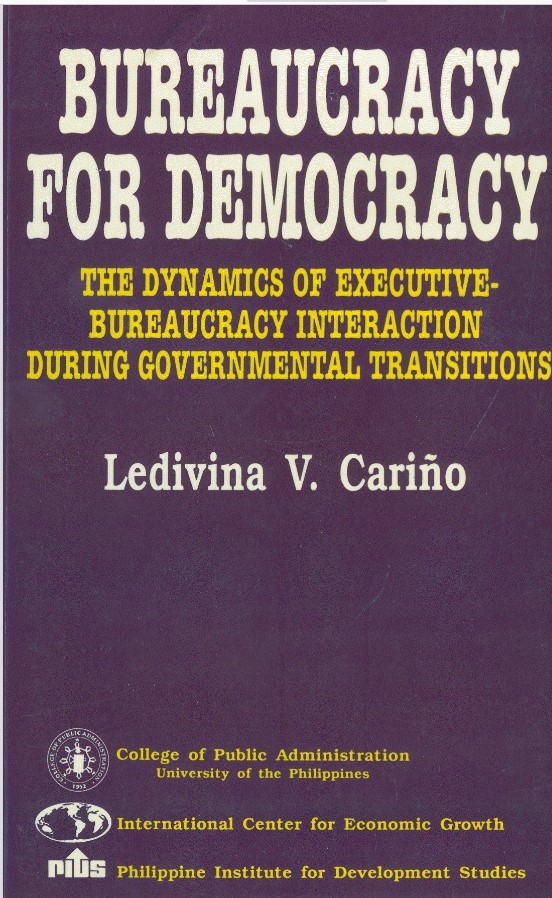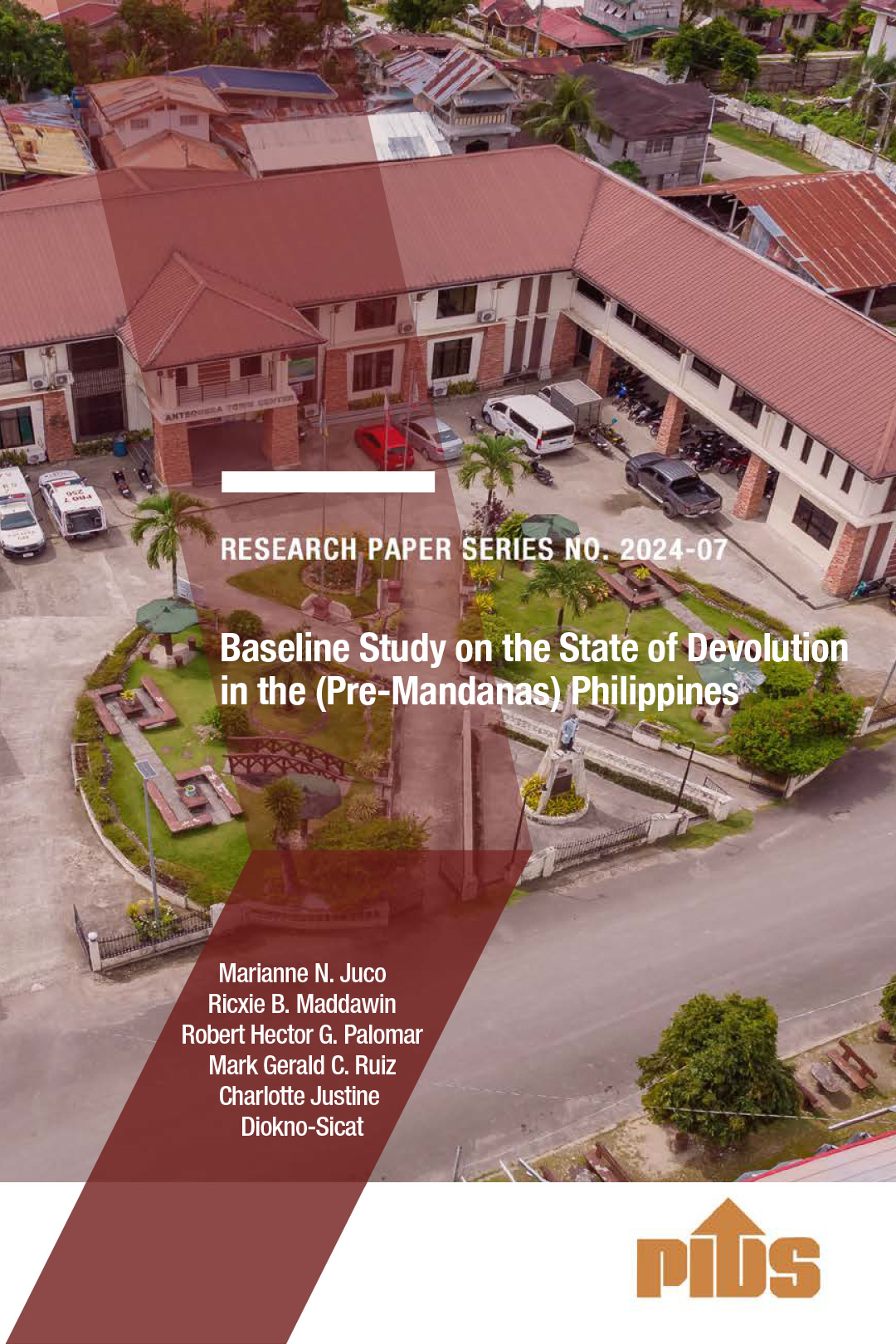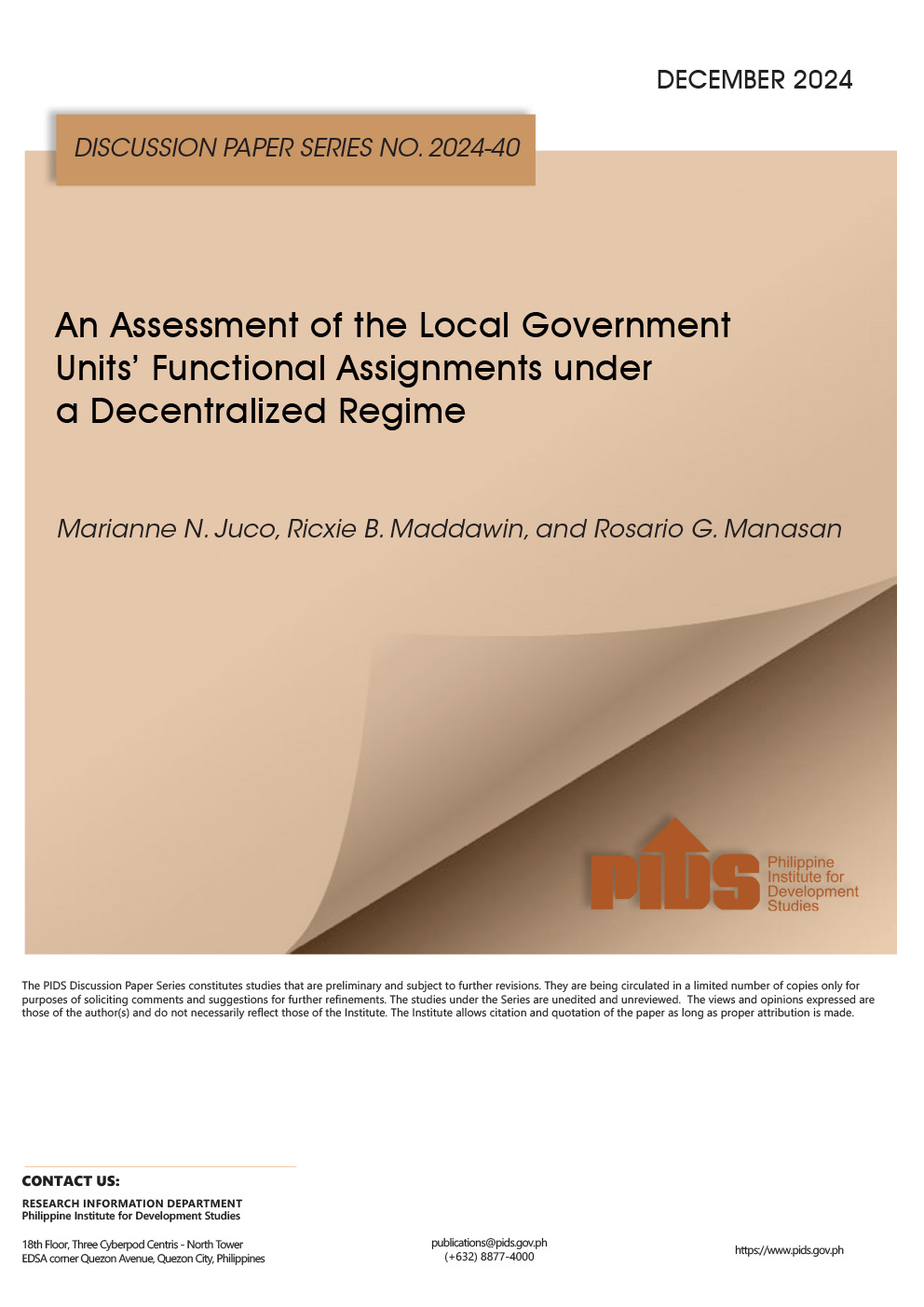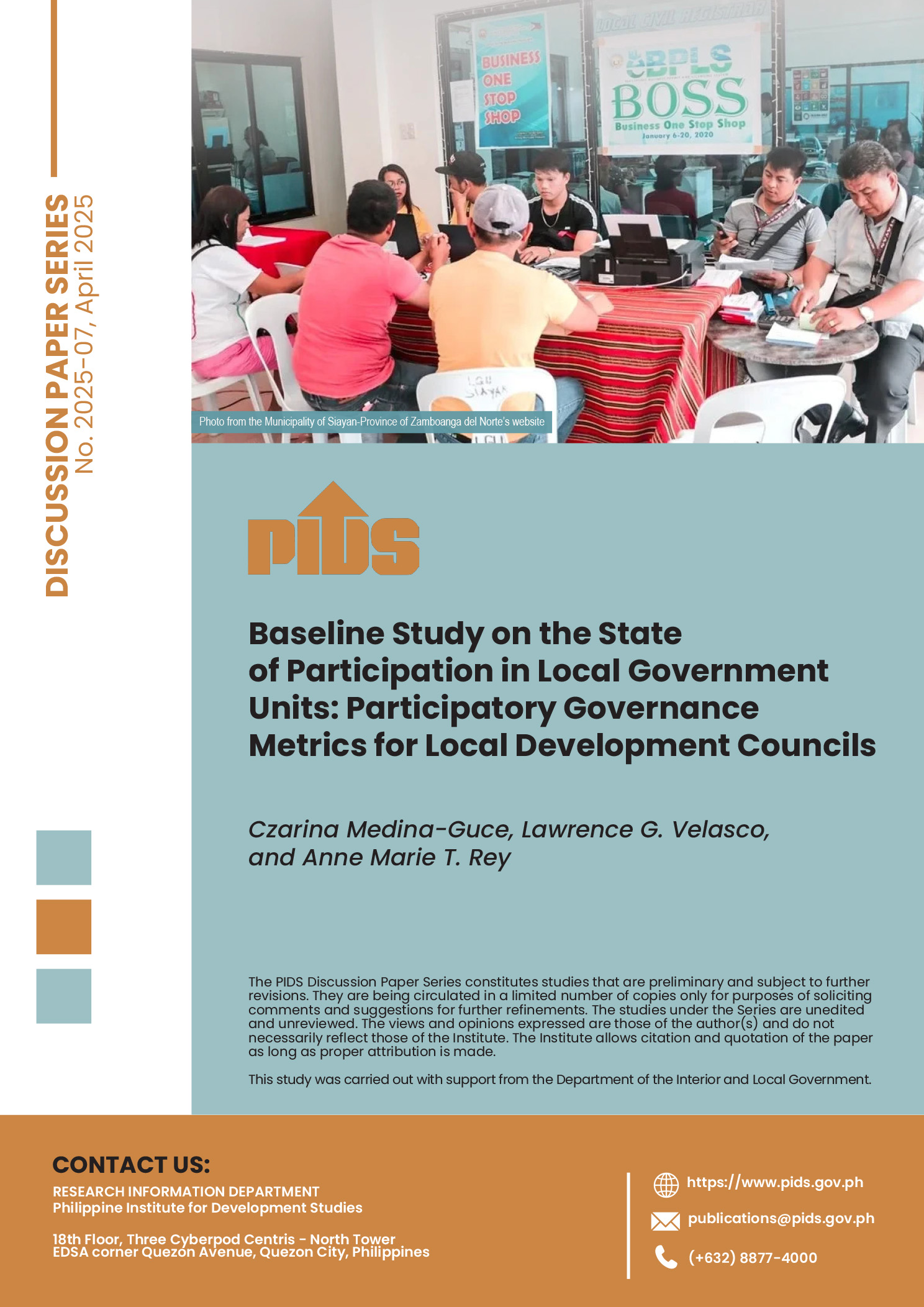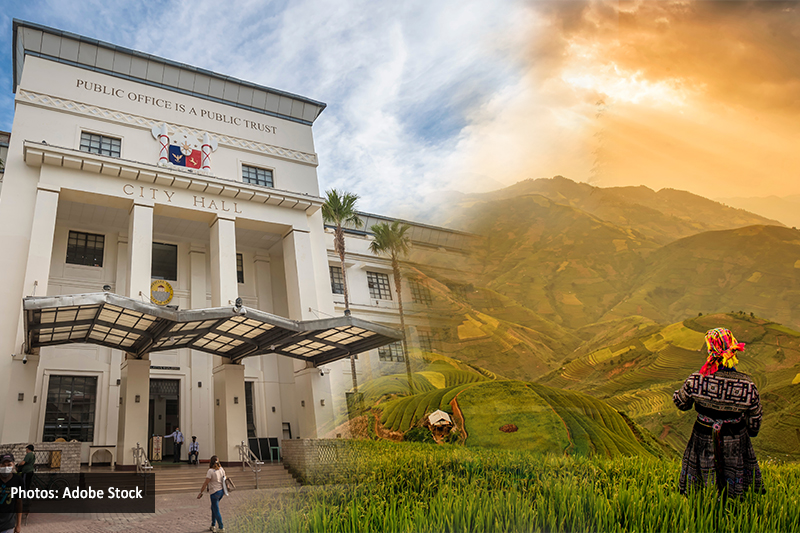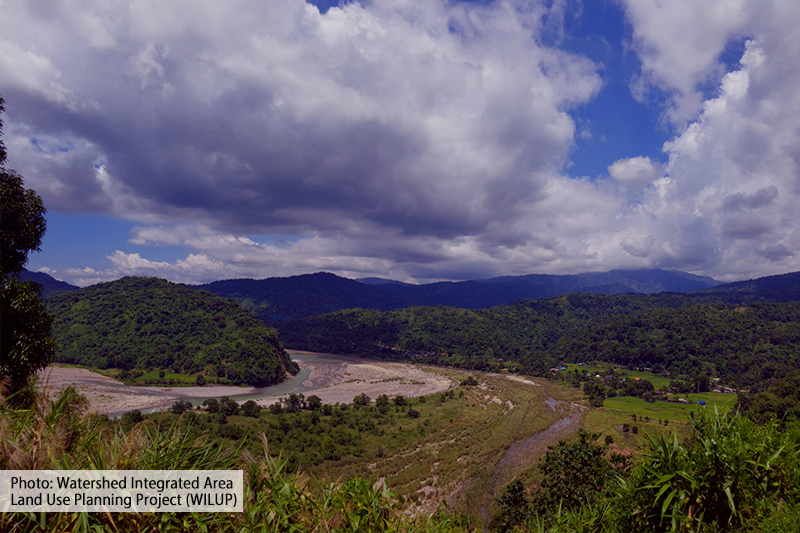At no time in history can this volume be considered timelier than today when tremendous transitions in governments around the world are taking place or have recently taken place. Such transitions, which usually witness the realignment of interests and loyalties, bring to the fore a particular dimension in public governance that is often felt but rarely documented in a comprehensive manner: the struggle between the political executives and the bureaucracy. Since the principal instrument used by a political leadership in implementing its vision for the country is the civil service and bureaucracy, the relationship between the political leadership and the bureaucracy therefore becomes crucial if the former is to succeed in attaining the mission it has initially set out to do. How does a new government make use of the existing bureaucracy in its process of governance? How does the bureaucracy respond to the new leadership? What kind of relationship exists between the new leadership and the bureaucracy during the critical period of transition? How does this relationship contribute to the realization of a truly democratic society? These are some of the questions dealt with in this study by the author. She brings new insights into her analysis of the theoretical basis of the relationship between these two protagonists. The analysis is supported by a rich body of data made even more interesting by the various case studies presented under different models of presidential succession.

